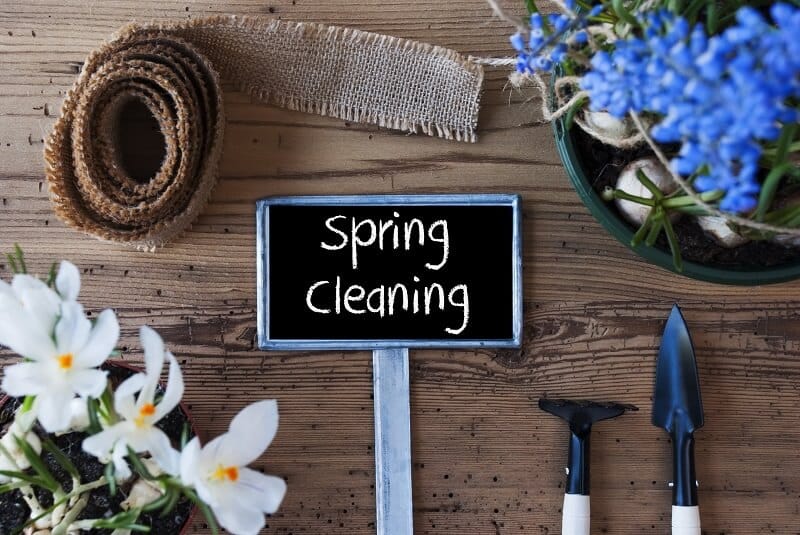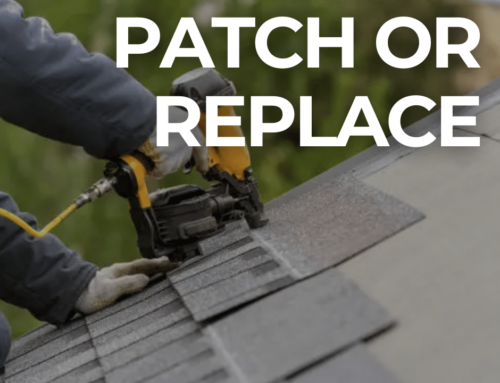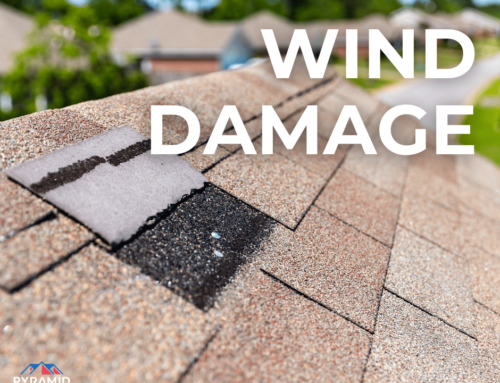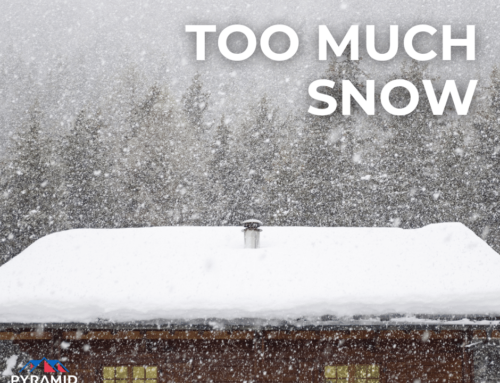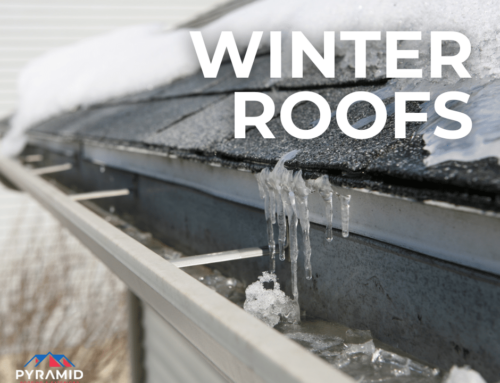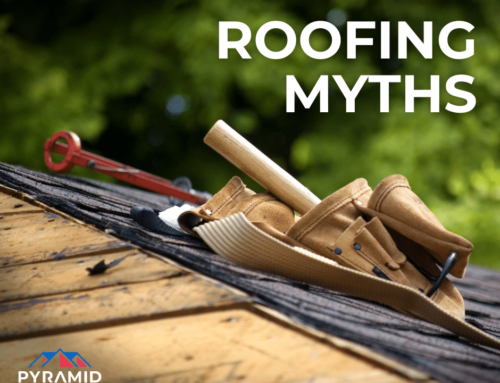As the snow starts to melt all over the country, now is the best time to get ready for spring. The fact is, winter weather can be your roof’s worst enemy, which is why it is a good idea to have your roof inspected as soon as the snow and ice has cleared away. Doing this can help extend the longevity of the roof and ensure there are no serious issues present.
There are several types of debris that may have landed on your roof and that have the potential to cause damage. Learning more about each one can help ensure you prevent the serious damage that may occur.
Tree Limbs
It is important to make sure that the tree limbs never touch the roof. If this happens, it may scrape the shingles and cause the protective granules to loosen. This can significantly reduce the life of your roof. If you have noticed there are any tree limbs near the roof, they should be trimmed.
Pine Needles and Leaves
An accumulation of only a few leaves or pine needles is fine. However, if they start to collect on the surface of the roof, they may begin to hold on to moisture. This is why it is so important that they are removed from the roof. If the moisture is trapped on the surface of your roof, it is going to cause extra weight on the surface, block the gutters and result in mildew formation. The good news is, this is an easy fix. You can use a blower or rake to clear the roof, just proceed cautiously to ensure you don’t damage the shingles.
Moss
Trimming nearby trees and removing any collected debris will help to reduce the growth of moss. It will also allow the sun to dry up any moisture that the moss may be thriving on. While there are some different chemicals available to help get rid of the moss, the runoff may cause serious damage to the plants. Another option is to nail copper or zinc strips to the roof’s ridgeline. When the rain washes across it, it will create an environment where moss is unable to grow.
Mold
If there are discolored streaks on the roof, it is an indication there is fungus, algae or mold present that can eat away at the roofing material and may eventually cause leaks. In most cases, a simple treatment of copper sulfate or chlorine bleach applied with a basic garden sprayer can effectively kill the mold present. There are also a number of algae resistant shingles you can have installed to help inhibit the growth of algae.
If you want to ensure that your roof is in good, protective order, you need to clean the surface and consider investing in a professional evaluation. Roofers can study the surface of the roof to determine if any issues are present. If there are problems, they can fix it before it becomes more extensive and expensive.

